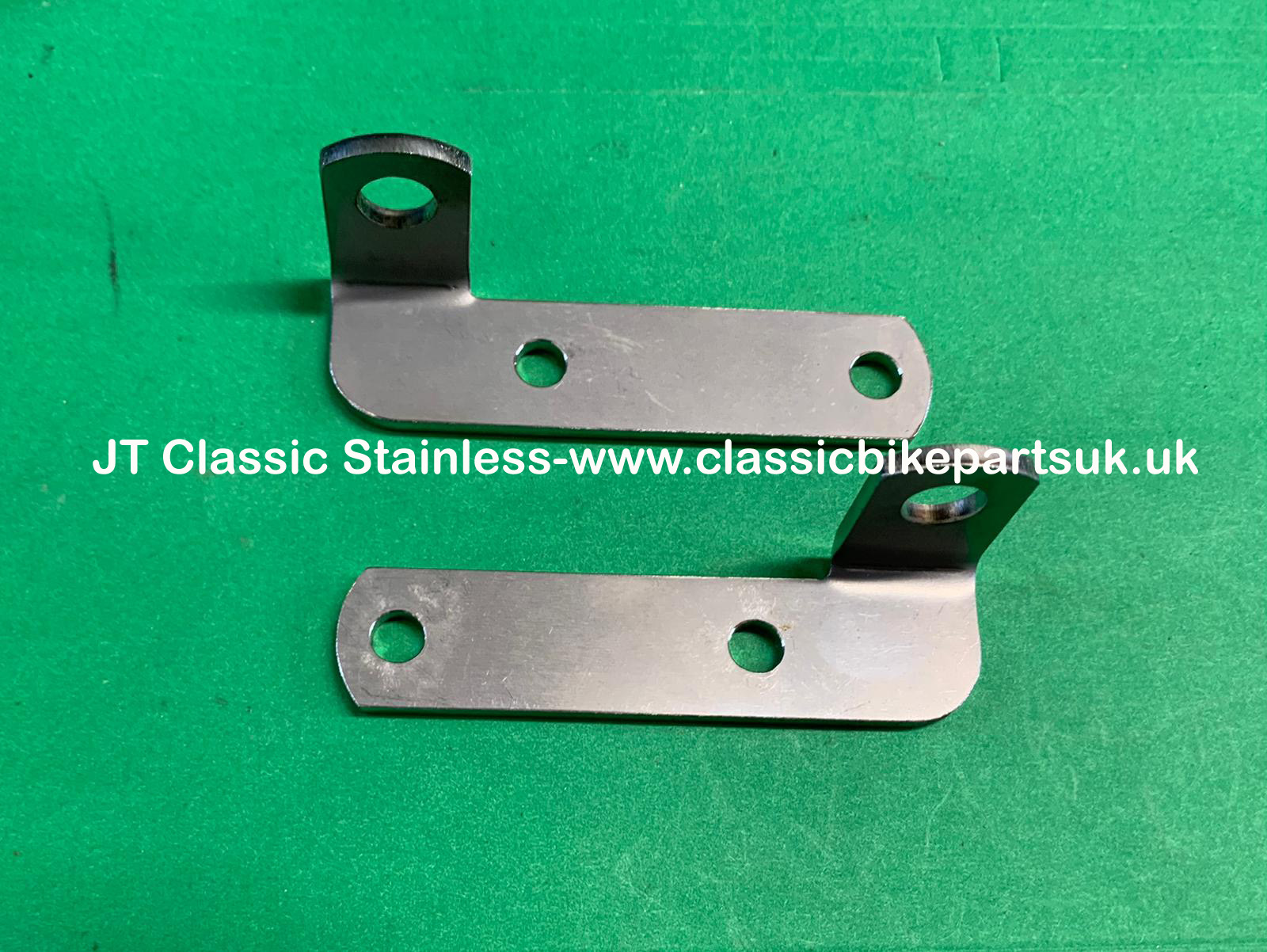- Joined
- Nov 20, 2004
- Messages
- 20,443
Then the typical T140/T160 lower fork cap problem has materialised,
I'm wondering just how tight you'd have to tighten the fork bottom clamp bolts to crack those clamps? I've seen them broken before and like you say it's pretty common?
Unfortunately, this is usually the result of the incorrect torque figure of 23-25 lb. ft. for the (x2) spindle "cap bolts" (25 lb. ft. in the T140V manual) carried over from the previous two-bolt steel cap forks instead of for the (x4) alloy "cap nuts" of 15 lb. ft. corrected in the later T140E manual.




